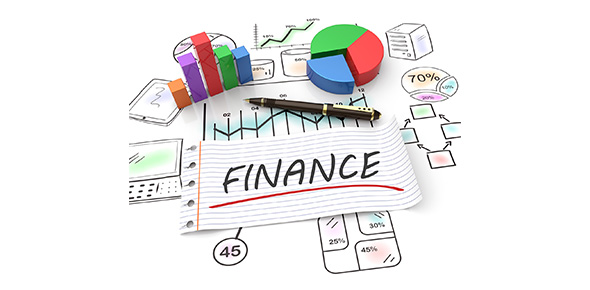Related Flashcards
Cards In This Set
| Front | Back |
|
Trend Analysis (also called horizontal analysis) is?
|
The comparison of the Sales, Cost of Sales, Net Income and possibly other variables over time. This is done by starting with a base year and making each following year a percentage of the base year.
2007 2006 2005 2004 Sales 250,000 175,000 140,000 100,000 250% 175% 140% 100%Cost of Sales Net Income |
|
What can we tell from Trend Analysis?
|
If cost of sales is rising too fast in comparison to sales.If Net Income is rising fast enough in comparison to sales. Net Income should increase faster than sales.
|
|
Vertical Analysis (also called a Common Size Statement) is?
|
The comparison the items in an Income Statement, Assets on the Balance Sheet and Liabilities & Stockholders' Equity on the Balance sheet as percentages of the whole.On the Income Statement, Sales=100%Total Assets=100%Total Liabilities & Stockholders' Equity=100%
|
|
What can we tell from Vertical Analysis on the comparitive Income Statement?
|
If any specific expenses are rising faster that sales. This is true when the percentage of the different incomes goes down.
|
|
What can we tell from vertical analysis of the comparitive Balance Sheet?
|
If certain assets are converting into others fast enough or if they are building up in the wrong areas.
If certain liabilities are proving too detrimental and need to be looked at. |
|
Current Ratio
|
Current Assets Current Liabilities
Used by Short-term CreditorsAs a general rule the the ratio should be at least 2, HOWEVER, you also must determine whether A/R or Inventory are increasing too much. |
|
Acid-test (Quick) Ratio
|
(Cash + A/R + Marketable Securities) Current Liabilities
Used by Short-term CreditorsAs a general rule the ratio should be at least one, HOWEVER can be lower than one in some industries. Measures the companies quick debt paying ability. |
|
A/R Turnover Ratio
|
Credit SalesAverage A/R
Used by Short-term CreditorsDepends on the industry and the companies credit terms. The quicker a company can turn A/R into cash, the better off the company is. i.e. they have cash to operate with. |
|
Average Collection Period for A/R
|
# of Working DaysA/R Turnover Ratio
Used by Short-term CreditorsTurns # of times per year into # of days to collect A/R.The quicker a company can turn A/R into cash, the better off the company is. |
|
Inventory Turnover
|
C.O.G.S. Average Inventory
Used by Short-term CreditorsDepends on the industry. Grocery Store=High Turnover Car Dealership=Low Turnover |
|
Average Sale Period for Inventory
|
# of Working Days Inventory Turnover Ratio
Used by Short-term CreditorsDepends on the industry. Grocery Store=High Turnover Car Dealership=Low Turnover |
|
Debt-to-Equity Ratio
|
Total Liabilities Total Stockholders' Equity
Used by Long-term CreditorsAbility for company to pay off principle of it's debts.If it is substantially above 1 then the company is highly leverage. If the economy turns down highly leverage companies can have a hard time meeting debt obligations as they become due.Lower=Better. |
|
Times Interest Earned
|
Earnings Before Interest & TaxesInterest Expense
Used by Long-term CreditorsHow well the company can pay it's interest.The higher the better. |
|
Earnings Per Share
|
Net Income - Preferred Dividends Average Common Shares Outstanding
Commonly used by Common ShareholdersThe more a company can earn on a per share basis the higher the price of their stock should be.Common share holders are interested in this in relation to the PER |
|
Price-Earnings Ratio(PER)
|
Market Price per ShareEarnings per Share
Commonly used by Common ShareholdersThe higher = more earnings potential. |





